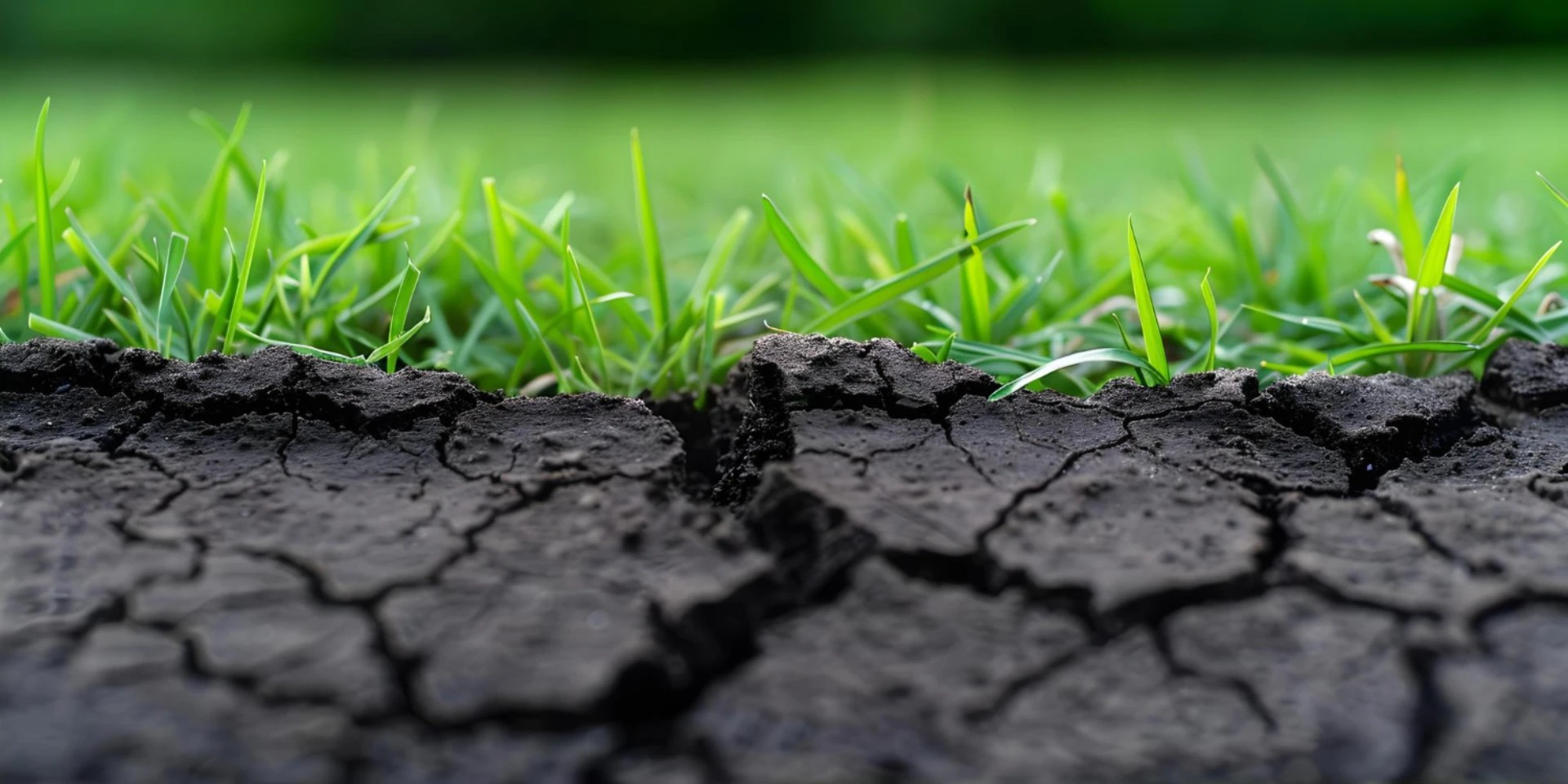Regenerative Cotton Farming : Pioneering Sustainability in Modern Agriculture
Jan 5 , 2024 | Written By Amol MishraIn the truly humbling world of agriculture, regenerative practices are increasingly becoming a beacon of hope, particularly in regions and farms which have been heavily depleted in their natural habitat by an inconsiderate use of chemicals and resources. As we grapple with environmental challenges, these practices offer a path to enhance biodiversity, reduce carbon footprints, and mitigate climate change impacts, all while rejuvenating soil and uplifting the lives of low-income farmers.

The Essence of Regenerative Agriculture
At its core, regenerative agriculture marks a departure from traditional farming, which often leads to soil degradation and loss of conducive habitat for the micro and macro Biodiversity. By prioritizing minimal soil disruption, implementing agro forestry and animal husbandry, steering away from irrational usage of pesticides and chemical fertilisers and enhancing biodiversity, these practices nurture the very foundation of our ecosystems - the soil and the ecological habitat. Techniques like no-till farming, crop rotation, and the use of cover crops not only improve soil fertility but also transform agricultural fields into carbon sinks, significantly reducing atmospheric carbon emissions.
Regenerative Cotton: A Holistic Approach
Cotton, a staple in the textile industry, is on its way to a transformation through regenerative agriculture. This approach transcends the one-size-fits-all methodology, adapting to the unique needs of diverse ecosystems. It focuses on boosting soil health, promoting biosequestration, and enhancing biodiversity. Over time, these practices naturally reduce the need for external inputs like fertilizers and irrigation, thus improving both the health of the agricultural ecosystem and the economic stability of farmers.
Soil Health: The Bedrock of Sustainable Cotton
Recognizing the critical role of soil health, organizations like Cotton Incorporated, CottonConnect, IDH, regenagri and now Beetle through its transformative Regenerative innovation and implementation approach, are investing in the capacity building and implementation of such initiatives. By equipping cotton growers with the latest insights and tools for soil health improvement, these initiatives aim to drive sustainability from the ground up. Improved soil health not only benefits the environment but also enhances the profitability and sustainability of cotton farming.
Collaborative Learning and Environmental Stewardship
Initiatives like The Soil Health Institute's Healthy Soils for Sustainable Cotton Project exemplify the power of collaborative learning. By working directly with farmers and providing peer-to-peer learning opportunities, these initiatives help cotton producers adopt regenerative practices tailored to their specific regional challenges. This approach has shown promising results in reducing greenhouse gas emissions, increasing water efficiency, and boosting grower profitability.
The Role of Brands in Fostering Change
As brands and consumers increasingly demand sustainable products, the pressure mounts on cotton producers to improve environmental outcomes. By setting up and procuring from supply chains rooted in regenerative practices, brands can play a pivotal role in fostering this agricultural revolution. Such actions not only support environmental stewardship but also contribute to the economic well-being of farmers, creating a sustainable and equitable value chain.
Conclusion
The adoption of regenerative agriculture in cotton farming represents a significant step towards a more sustainable future. By focusing on soil health, biodiversity, and ecosystem resilience, these practices offer a model for agriculture that benefits the planet and its inhabitants. As we look forward to a greener future, the role of brands, consumers, and farmers in supporting regenerative cotton becomes increasingly crucial. Together, we can cultivate a world where sustainability is woven into the very fabric of our lives.
Regenerative agriculture provides answers to the soil crisis, the food crisis, the climate crisis and the crisis of democracy.
-Vandana Shiva
References
- Cummins, R. (2021, September 27). Regenerative Food and Farming: Survival and Revival. Regeneration International. https://regenerationinternational.org/2021/09/27/regenerative-food-and-farming-survival-and-revival/
- FoodPrint. (2021, February 17). Biodiversity and Agriculture. FoodPrint. https://foodprint.org/issues/biodiversity-and-agriculture/
- Skinner, C. (2023, June 22). Using regenerative agriculture to combat climate change. The University of Vermont. https://www.uvm.edu/news/cals/using-regenerative-agriculture-combat-climate-change
- United States Environmental Protection Agency. (2023, October 5). Sources of Greenhouse Gas Emissions. United States Environmental Protection Agency. https://www.epa.gov/ghgemissions/sources-greenhouse-gas-emissions
- World Wide Fund (WWF). (2024, April). A Common Ground: Regenerative Agriculture for People and Nature. Nature Matters, 2, 8-13. https://www.wwfindia.org/news_facts/wwf_publications/nature_matters/